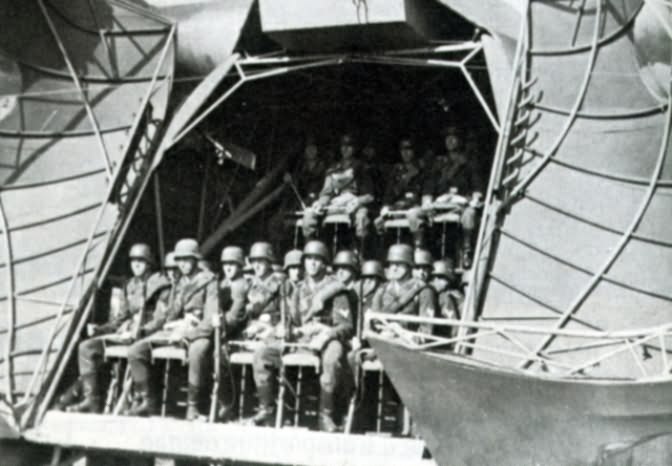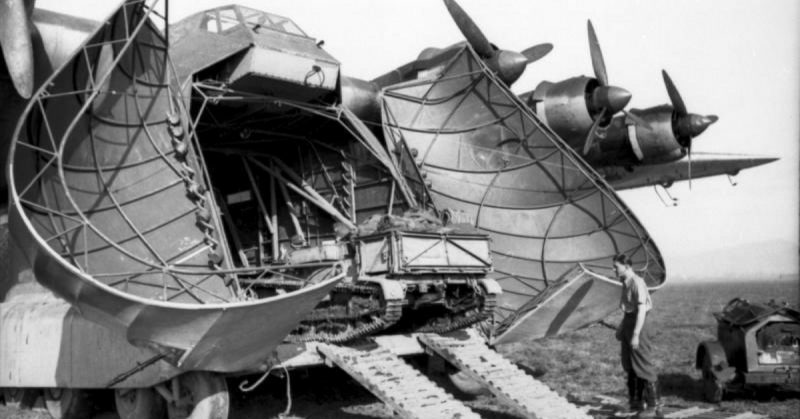The German Messerschmitt Me 323 was a giant transport aircraft which served the German military during the Second World War.
It was a powered heavy transport aircraft, a swift replacement of its unpowered earlier version, the Messerschmitt Me 321 military glider. During the war, it stood out as the largest terrestrial transport aircraft on the scene.
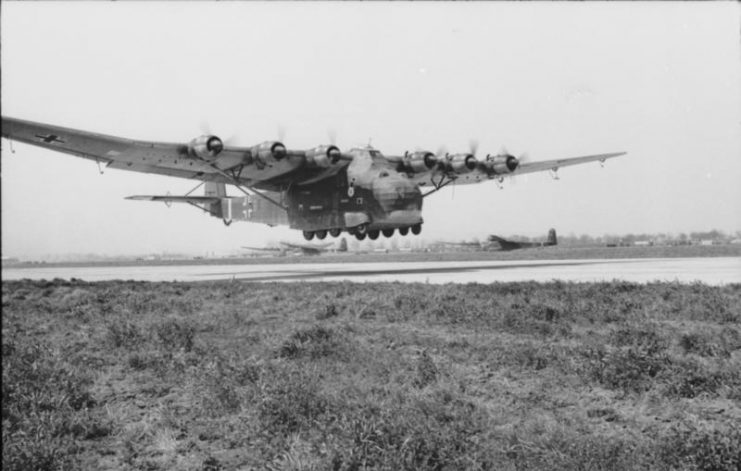
About 213 Me 323s were recorded to have been manufactured.
The Me 323 was built following a request by the German Luftwaffe for a large assault glider which would serve in Operation Sea Lion, the planned invasion of Great Britain. They needed an aircraft which could fly vehicles and other heavy equipment during the expedition. Operation Sea Lion was, however, annulled. But the Me 323 was still required–this time for Operation Barbossa, the invasion of the Soviet Union.
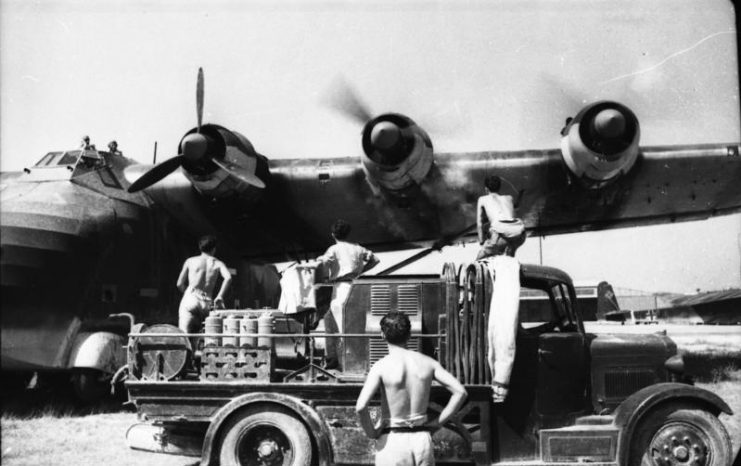
Messerschmitt, along with Junkers, was given a 14 day ultimatum to submit a proposal detailing a large transport glider with emphasis on its assault role. The heavy transport glider was to have an 8mm anti-aircraft and anti-tank artillery gun along with a Panzer IV medium tank. Junkers’ prototype was scrapped, and Messerschmitt’s prototype was adopted.
Borrowing the designs of the long-range Messerschmitt Me 261, it was designated Me 261w. Its name evolved from Me 261w to Me 263 and eventually became Me 321. This Me 321 served as a transport in Russia but never played its intended role as an assault glider.
Feedback from Transports Command pilots in Russia, in early 1941, led to the decision to manufacture a motorized version of the Me 321, which was produced between 1942 and 1944. After about 198 were built, the Me 323 was introduced.
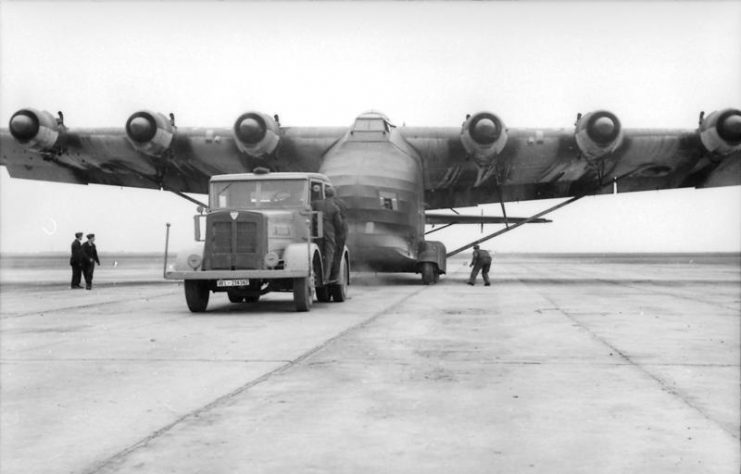
The key identifiable feature of the Me 323 was its six engines, three on each wing, for its propulsion. The Me 323s had a maximum speed of only 136 miles per hour at sea level, and its speed dropped with an increase in altitude. Its defensive armament consisted of 5 13 mm MG 131 machine guns firing from a dorsal position just behind the wings and from the fuselage. Each aircraft was manned by a crew of five comprising two pilots, two flight engineers, and a radio operator.
The first variants of the Me 323 included the V1 which was the first prototype, powered by Gnome-Rhone 14N-48/49 engines; and V2 which was the second prototype, which used six engines and became a standard for the D series. The production variants included the D series which ran from D1 to D3, the V13, V14, V16 and V17, and the E series which ran from E1 to E2.
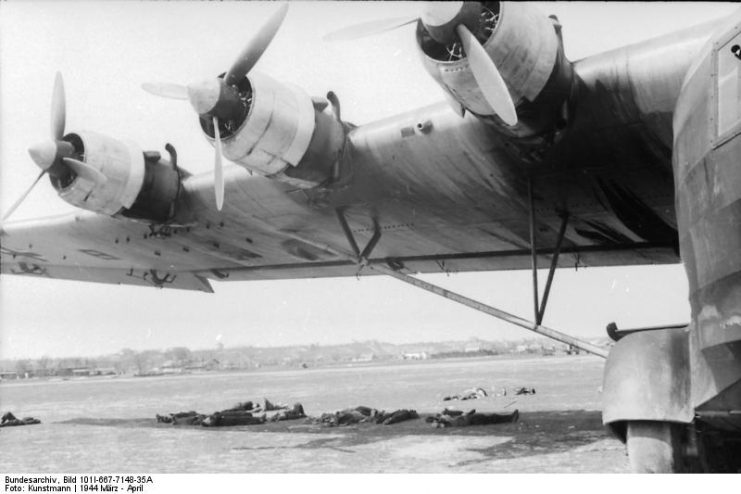
By September 1942, M323s were deployed for the campaign in Tunisia. The M323s joined the Mediterranean stage in November 1942, supplying Rommel’s Afrika Korps with equipment.
On April 22nd, 1943, a formation of 27 M323s was being escorted across Silica Straits when they were intercepted by seven squadrons of Spitfires and P-40s. In the aerial skirmish that ensued, 21 M323s were lost.
Despite being limited in numbers, the M323 aircraft was an invaluable asset to the Germans and was used extensively.
Photos
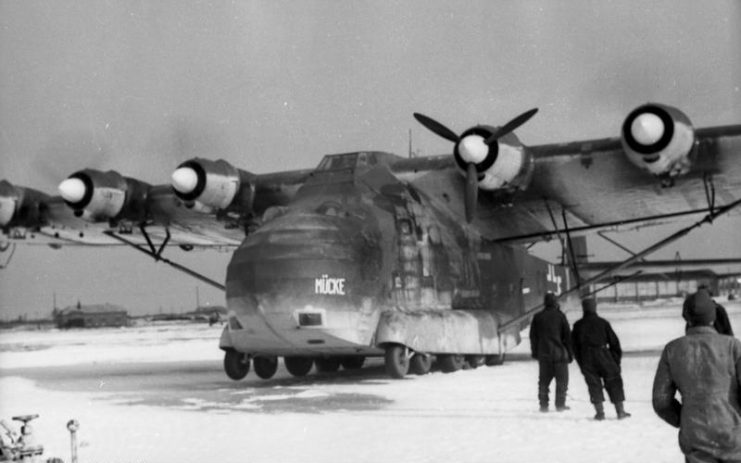
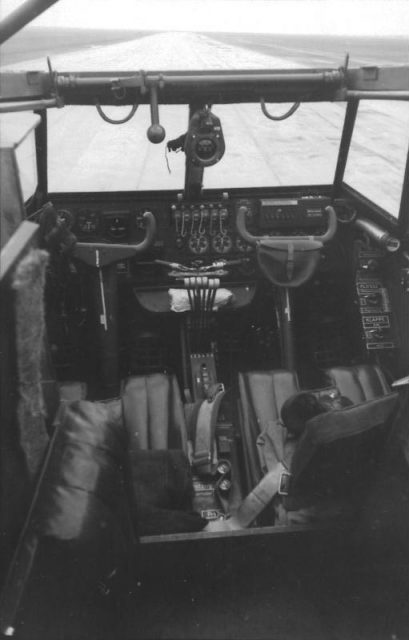
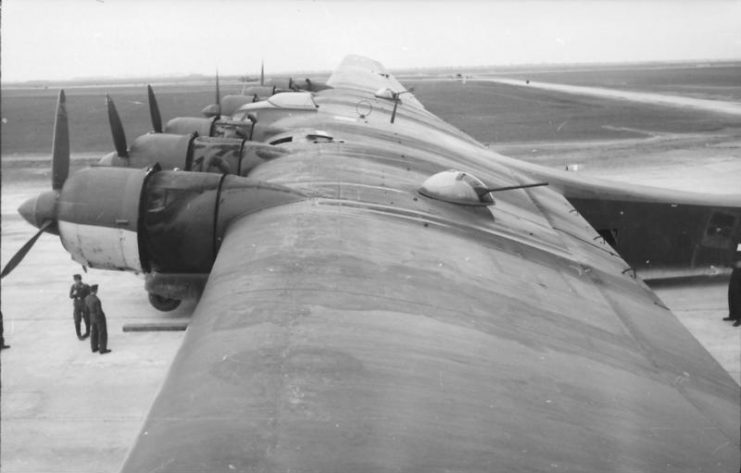
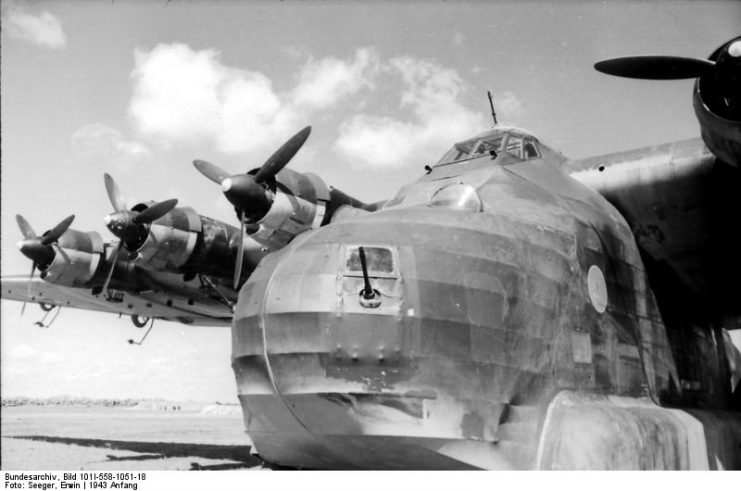
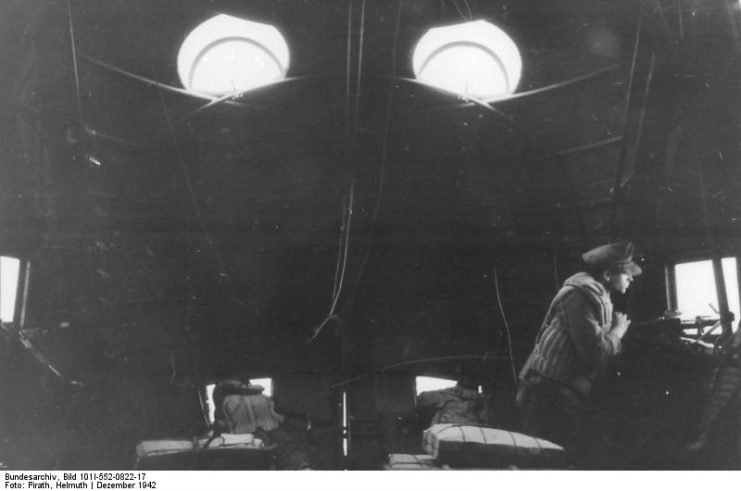
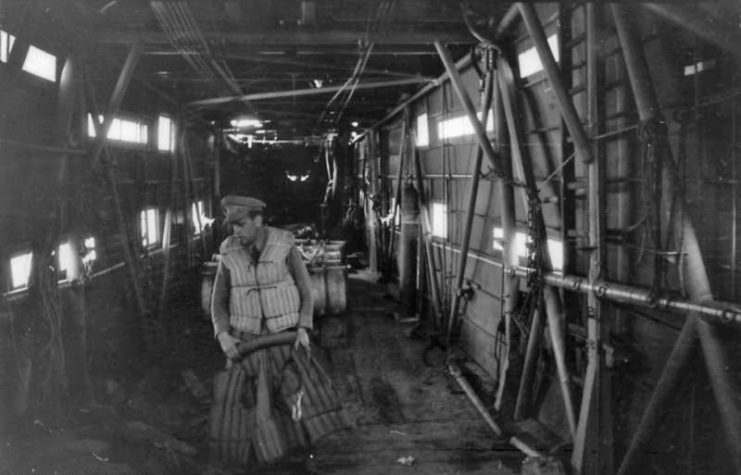
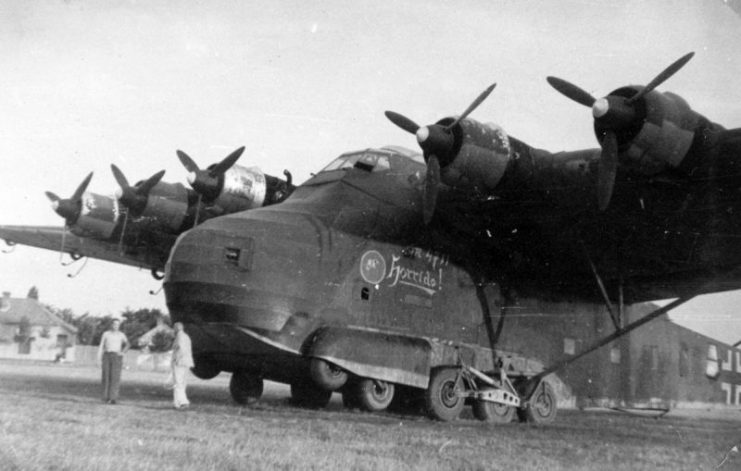
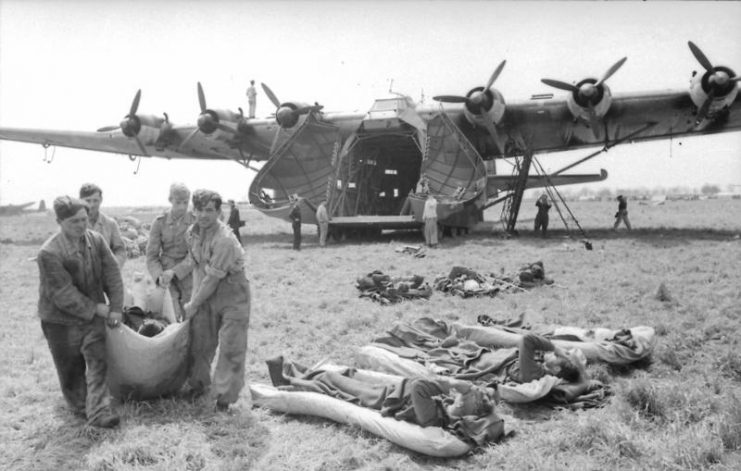
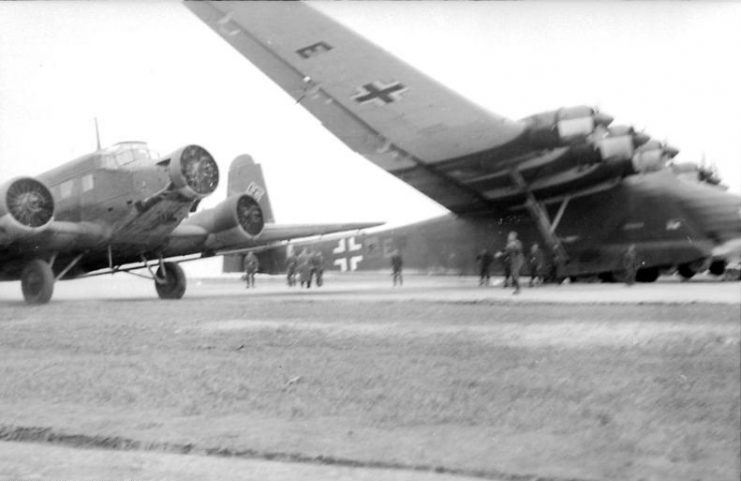
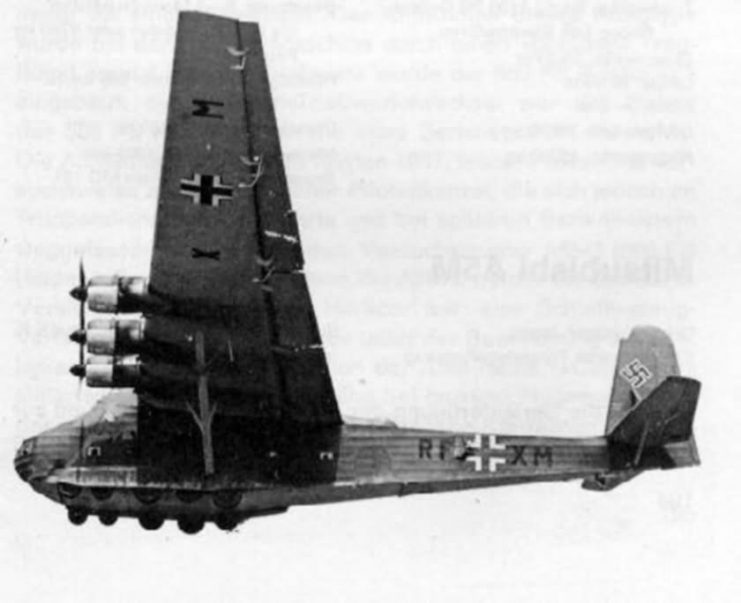
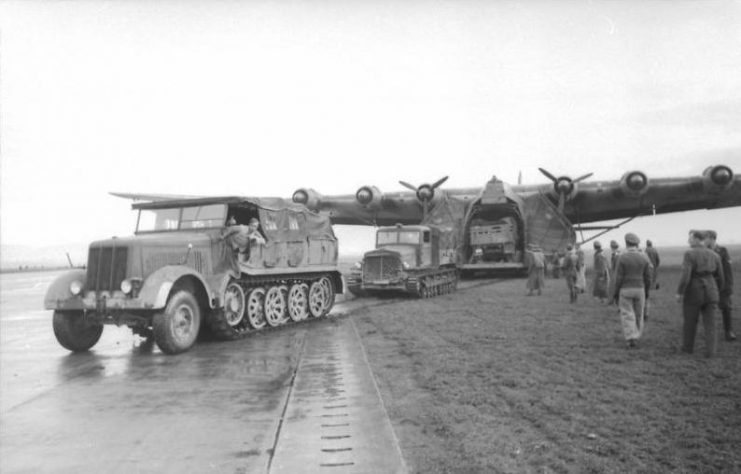
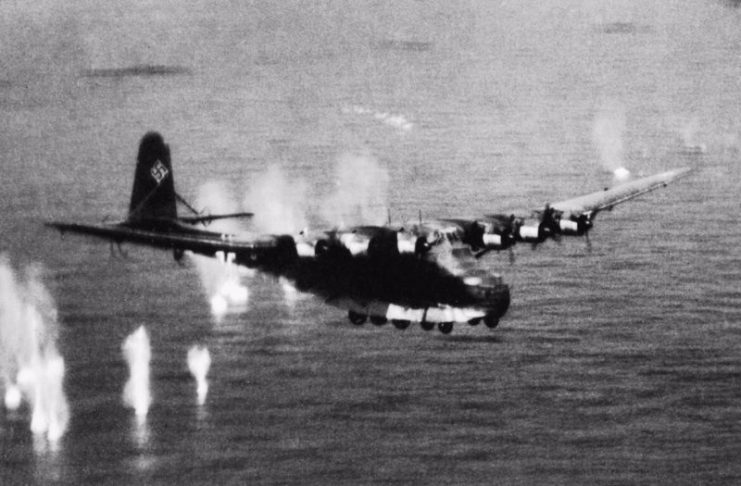
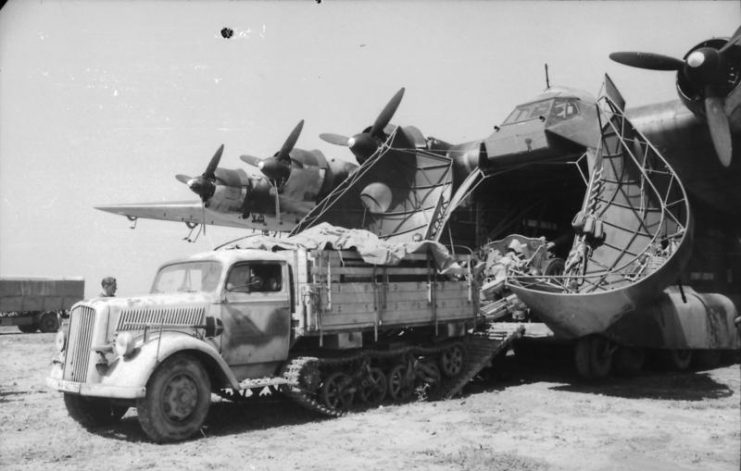
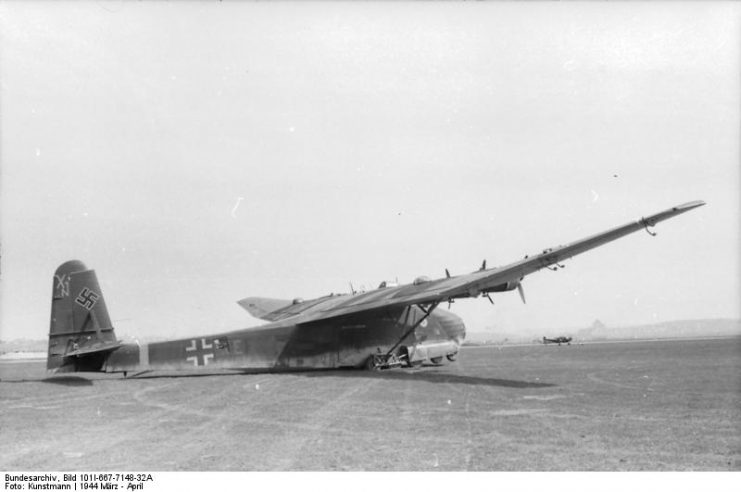
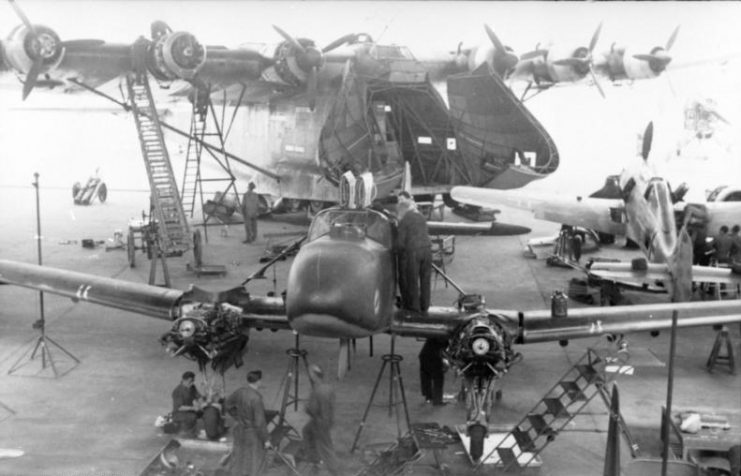
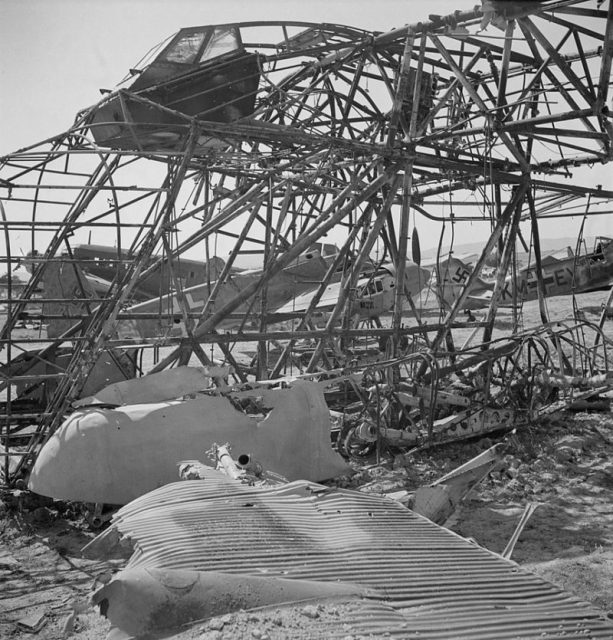
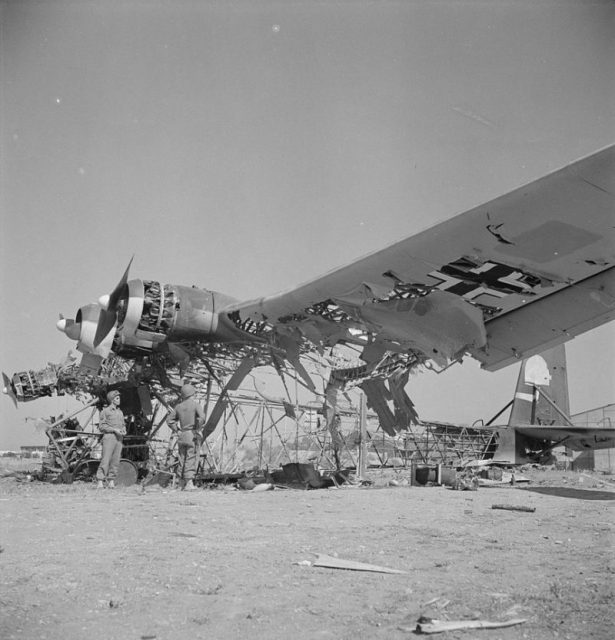
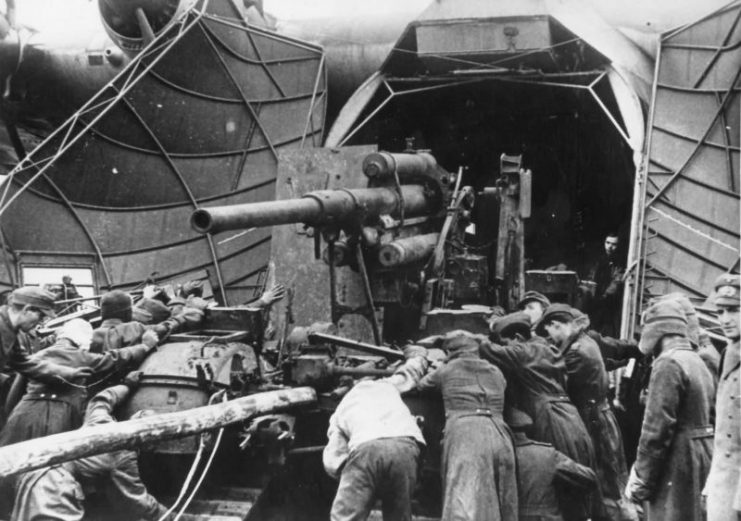
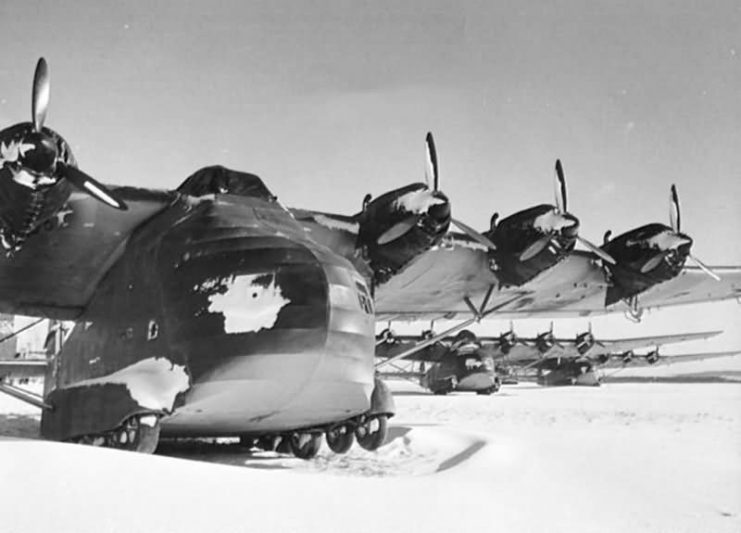

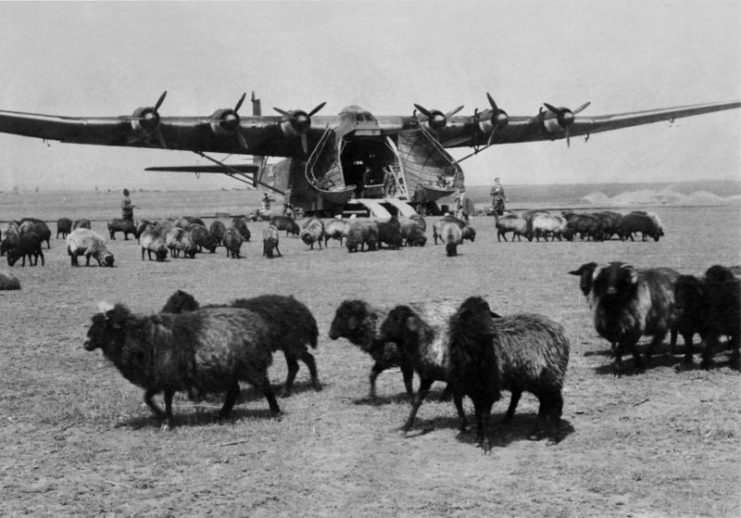
Read another story from us: The Famous Messerschmitt Bf109 – Facts You May Not Know
